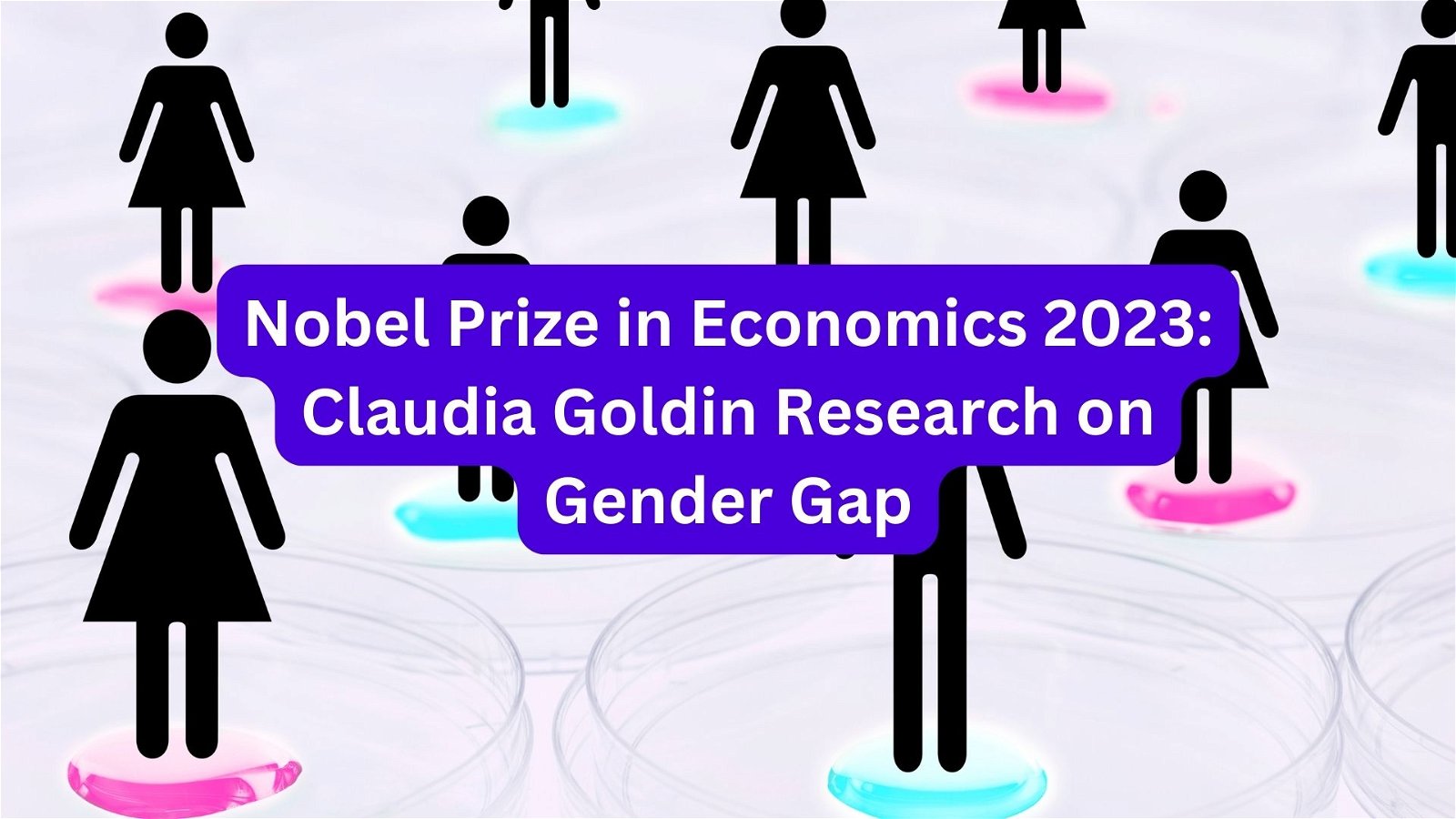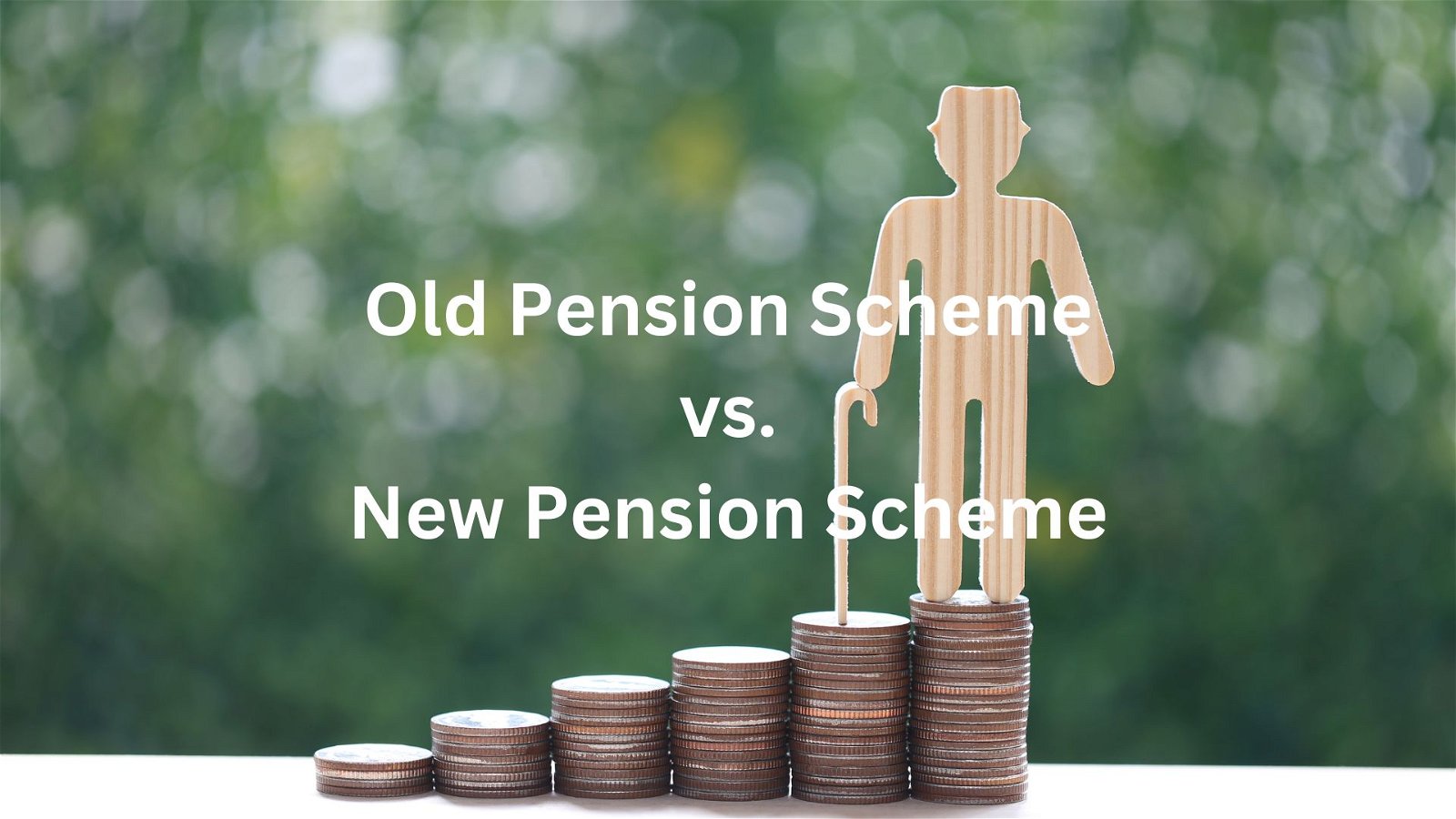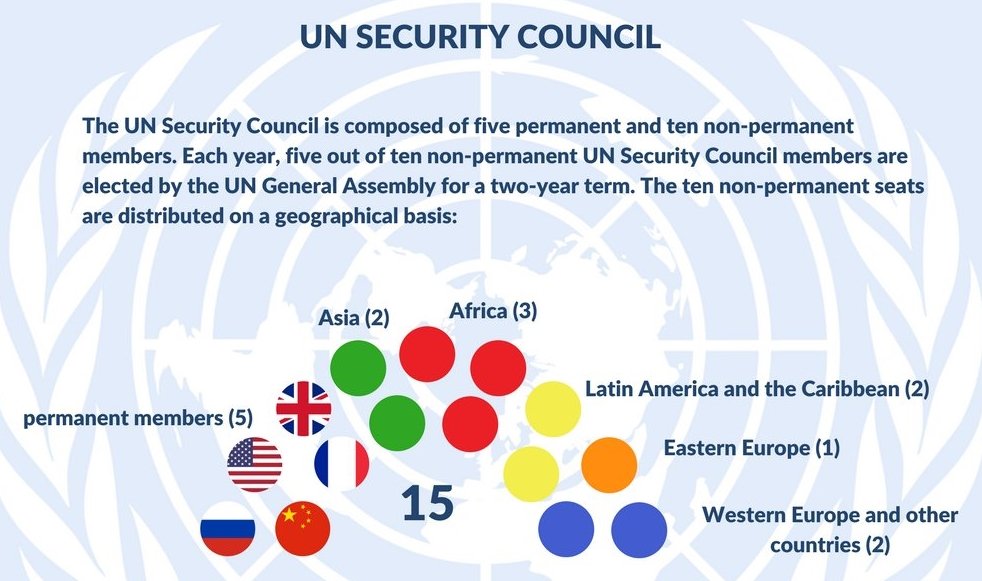
Caste-Based Survey by Bihar and The Seventh Schedule of the Indian Constitution
Subscribe to Never Miss an Important Update! Assured Discounts on New Products!
Must Join PMF IAS Telegram Channel & PMF IAS History Telegram Channel
- Context (TH): The Bihar caste survey showed that the Other Backward Classes and the Extremely Backward Classes constituted 63% of the State’s population.
- According to the report
- The population of Bihar is 13.07 crore.
- Hindus comprise 81.9% of the population, while the Muslim share is 17.7%.
| Class/Caste | Population (%) |
| Other Backward Class (OBC) | 27.1% |
| Extremely Backward Class (EBC) | 36.01%. |
| Scheduled Caste | 19.6% |
| Scheduled Tribe | 1.68% |
| General Caste population | 15.5%. |
- This caste census may lead to the demand for the caste census at an all-India level.
- It may lead to division among OBCs at the national level.
- The Rohini Commission may propose division among OBCs as:
- Annexure I [EBC (Extremely Backward Classes)/MBC (Most Backward Classes)/BC1]
- Annexure II (OBC/BC2)
Arguments in Favour of Caste Census
- The caste data will help the government:
- To determine who requires affirmative action.
- To take affirmative steps in favour of disadvantaged sections of society.
- To assess the effectiveness of affirmative action.
- To make evidence-based policies.
- The data on caste is necessary to analyse, monitor and eradicate the caste.
Arguments against the Caste Census
- It may deepen the caste system and shift the focus away from casteless society.
- Caste may play a decisive role in politics.
Caste Census and Muslims
- The survey showed a caste system among Muslims in the State.
- Disadvantaged among Muslims may demand the reservation.
Effect on Reservation
- In the Indira Sawhney vs. Union of India case (1992), the SC accepted the 50% ceiling on reservations in jobs and educational institutions.
- This caste census can open the door for challenging the ceiling of 50% reservations in jobs and educational institutions.
The Seventh Schedule of the IC
Census and Caste data
Socio Economic and Caste Census (SECC)
|





![PMF IAS Environment for UPSC 2022-23 [paperback] PMF IAS [Nov 30, 2021]…](https://pmfias.b-cdn.net/wp-content/uploads/2024/04/pmfiasenvironmentforupsc2022-23paperbackpmfiasnov302021.jpg)











